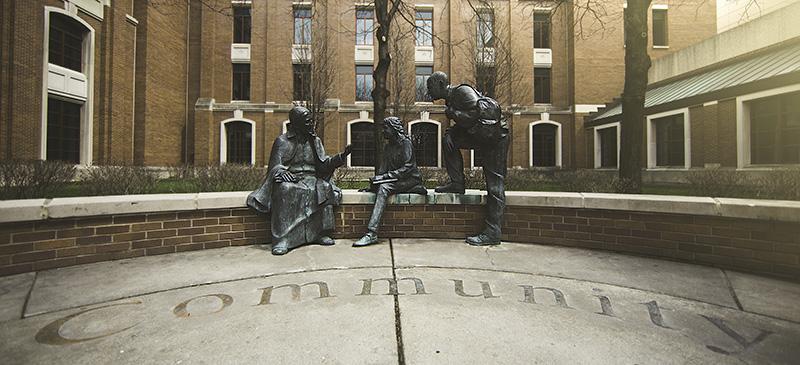When you mess with tradition, you mess with the very heart and soul of a community and the way that they have grown accustomed to doing things. With the annual Carnaval festival that came through Merida this past weekend and the change of location, several different feelings surfaced regarding the new dynamic.
More or less the Mardi Gras of Mexico, Carnaval was something that the Merida study abroad program had always tried to schedule the Chiapas trip during to avoid any complications that could possibly arise with the students and the festival. However, this year the festivities had been moved around and the Chiapas trip came the week before Carnaval, which meant that this year’s group had the opportunity to experience the festival first hand.
Originally held within the city limits of Merida along Paseo Montejo, this year the city decided to move the event outside of the city to the Xmatkuil fairgrounds situated on the south end of the city. With this move many of the locals had mixed feelings regarding the location. Although some were happy with the change, the vast majority of the residents were sad to see the five-day festival moved elsewhere.
Specifically, my host mom was fairly upset about the change. For years Carnaval had been something that the people of Merida had looked forward to having close to home, she said. Now, you don’t get that homey feeling with a lengthy bus ride standing in the way between you and the fest, she continued to explain.
From a foreign perspective, I was pretty excited to be able to experience Carnaval despite the mixed feelings that had been thrown around Merida leading up to this particular weekend. Around 8p.m. on the second night of Carnaval, March 1st, I set out to meet up with a group of my friends in the Centro before locating the bus that would take us to the celebration.
Calle 69 and Calle 60 was our destination, upon walking up I couldn’t believe what was unfolding before my eyes. Not only was there a line for the bus, which was free of charge, but that line stretched for two or three blocks and snaked around the corner to make the end point and start point of the line at the same location. Although the line moved fairly quickly, it took us about 40 minutes to finally reach an open bus. As the doors opened, the peaceful line we were in turned into a free-for-all to try and cram onto the bus and not have to wait for the next. Luckily, we made it on the bus safely and even scored a seat.
Now we knew the festival was on the outskirts of town, but we had no real sense of how long the bus ride would actually be. Thirty minutes later, a strong beam of light and countless cop cars lined the entrance to Carnaval. I’m almost certain every police officer in the city of Merida was stationed at Carnaval to curtail the madness. At last, we had pulled up to the entrance and it was time to see what all the commotion was about.
Along with our group, a sea of people made their way to the entrance and entered into the celebration. Once inside, the true enormity of the space was put into focus. The area was divided into four main sections: Tierra de la



